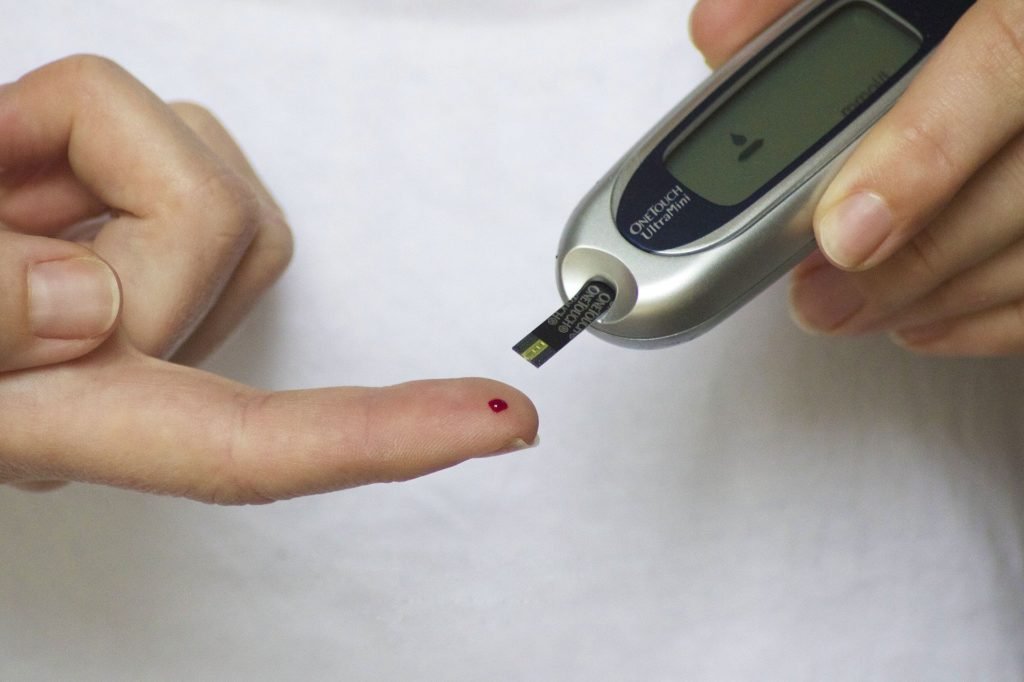At one time in your life, you might have experienced spinal pain. It mainly leads to discomfort in your neck, upper and lower back. Spine pain Holmdel can be acute or chronic, making it difficult to carry on with your daily engagements. This pain can be caused by a herniated disc, spinal stenosis, sciatica, arthritis, muscle spasm, and joint pain. Injuries from sports or accidents can cause spinal pain. Repetitive activities like lifting heavy objects can strain your spinal ligaments leading to spine pain. Immediate treatment of acute spine pain can prevent severe complications which may require surgery.
Symptoms
Persistent pain lasting between ten to fourteen days is a common symptom of spine pain. Structural pinching of spinal nerves can radiate pain from the spine into your legs, arms, or chest wall. You can experience stiffness in your lower back leading to restricted movement or hindering you from maintaining normal posture. Muscle spasms may occur during activities or while at rest.
Diagnosis
Physical examination: Your doctor may touch your spinal column to determine the part experiencing pain. Abnormal movements can indicate damaged spinal cord or spine nerves.
X-ray: This diagnostic testing involves your doctor applying radiation to produce a picture that shows vertebrae structure and outlines the joints. An X-ray can also indicate other causes of pain, such as fractures, tumors, or infections.
Magnetic resonance imaging (MRI): MRI uses powerful magnets and computer technology to produce three-dimensional images of your body structures. It can show the spinal column, nerve roots, and surrounding parts. Your doctor can also observe any enlargement, degeneration, and tumors.
CT scan combined with 3-D reconstruction: This diagnostic test shows a more detailed structure of the bones than other imaging tests. It can also show soft tissue and nerves.
Electromyography: This neurophysiologic test of the nerves helps your specialist locate any compression caused by herniated discs or other neural pathology.
Blood tests: They can show infections or conditions causing your spinal pain.
Treatment
Non-steroidal anti-inflammatory medications: These drugs relieve mild to moderate pain. You can use muscle relaxants and narcotic drugs to reduce severe pain.
Physical therapy: Your doctor can recommend exercises to stretch and strengthen your spine. A continuous gentle massage for about ten weeks will minimize your pain and improve your function if you experience chronic back pain. Ice therapy reduces pain and inflammation from injuries. A heating pad relaxes your muscle and increases blood flow in the affected sites.
Transcutaneous electrical nerve stimulation: Your doctor applies mild electric pulses to your nerves to block incoming pain.
Spinal injections: You can get corticosteroid injections to help relieve inflammation that causes pain. Take limited doses to prevent side effects.
Surgery: If all other treatments do not work, your doctor will recommend surgery. Surgeons can perform a discectomy surgery to remove the affected spinal discs. You can have laminectomy surgery to decompress pressure on your nerves or spinal cord. Spinal fusion can be carried out to stabilize your spine.


